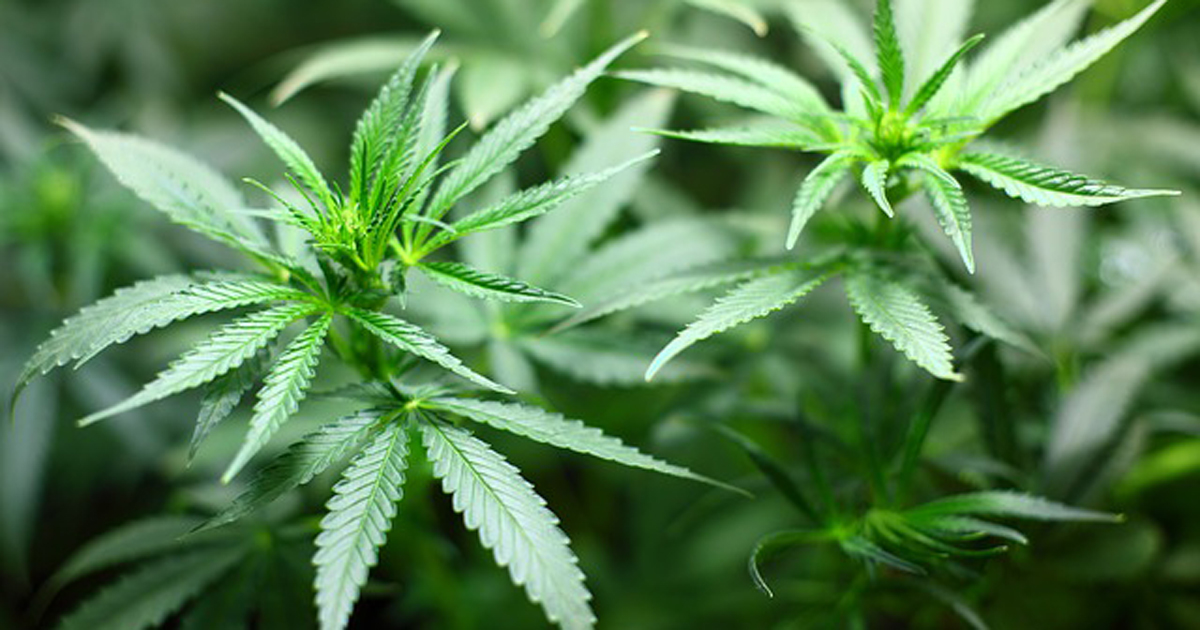AAP: More pregnant women using marijuana

The AAP has issued a clinical report highlighting the outcomes of children born to mothers who use marijuana during pregnancy and while breastfeeding. This report, the researchers said, is a response to the increasing number of pregnant and nonpregnant women who use the drug.
Seth D. Ammerman, MD, FAAP, FSAHM, DABM, and colleagues reported that 2016 data from the National Survey on Drug Use and Health showed that 4.9% of pregnant women had used the drug in the past month. In 2015, 3.4% of pregnant women used the drug. Mothers between the ages of 18 and 25 years were most likely to use marijuana during pregnancy, with 8.5% reporting use in the past month.
Data were not available for those aged between 15 and 17 years, but 2012-2013 data showed that 14.6% reported illicit drug use in the past month during pregnancy. Marijuana was the most commonly reported substance they used.
Current guidelines suggest that all pregnant women should be screened for substance use through questionnaires or conversations.

“It seems that rates [of marijuana use among pregnant women] are increasing in part due to a common belief that marijuana is benign,” Ammerman told Infectious Diseases in Children. “Although sporadic, moderate or nonproblem use of marijuana may be benign for adults in general, given that the drug crosses the placenta and is also found in breastmilk raises concerns that fetal and infant exposure may adversely affect the developing endocannabinoid system — a system complexly related to our other neurochemical systems, including serotonin and dopamine.”
One study recently published in JAMA Internal Medicine found that despite national guidelines recommending against marijuana use during pregnancy because of its unknown health effects, women with mild or severe nausea and vomiting during pregnancy were more likely to use marijuana.
Of the 220,510 pregnant women included in the study, 8% used marijuana in the year before conception. Self-report and toxicologic tests showed that 5.3% of participants used marijuana during pregnancy.
The prevalence of prenatal marijuana use was higher among women with severe (11%) and mild (8.4%) nausea and vomiting in pregnancy than those who did not experience nausea and vomiting (4.5%). Additionally, women with severe nausea and vomiting in pregnancy were nearly four times as likely (adjusted OR = 3.8) — and those with mild nausea and vomiting in pregnancy were twice as likely (aOR = 2.37) — to use marijuana prenatally, compared with those without nausea and vomiting.
“There is a general perception that because marijuana is ‘natural,’ it is safe to use for pregnancy conditions such as nausea and vomiting,” Ammerman said. “There are no formal clinical studies that have looked at this and the drug’s long-term outcomes. Pregnancy-related nausea and vomiting tends to be worst in the first trimester, exactly when the fetus is most at-risk for adverse consequences of drug exposure.”
Ammerman and colleagues noted that tetrohydrocannabinol (THC), the psychoactive component found in marijuana, easily crosses the placenta and can be stored quickly in the developing fetus’ brain and fat. Various studies and reviews suggest that prenatal marijuana exposure can lead to low birth weight (less than 2,500 g), delivery before 37 weeks’ gestation, NICU admission, small-for-gestational-age status, stillbirth, spontaneous abortion, low Apgar scores, placental abruption and perinatal death.
They noted that research conducted thus far has been limited, and the use of other drugs in addition to marijuana can cause inconsistencies in data; however, the results of available research warrant concern, they said.
The AAP also raised concern about marijuana use after birth and while breastfeeding. Data regarding use during this time are limited, the researchers wrote, but one study found that 7.4% of mothers aged younger than 30 years and 4% of mothers aged older than 30 years currently used the drug. Of all marijuana users reported in this study, 41% had used the drug after the infant was born, and it was not uncommon for mothers to use the drug while breastfeeding (18%).
Furthermore, researchers who conducted a recent study published in Pediatrics observed that between 2014 and 2017, 63% of samples provided by 50 breastfeeding women had detectible levels of THC in their breastmilk for approximately 6 days after their last use.

“There is very limited evidence concerning the effects of breastmilk exposure, and at this point in time, we still recommend breastfeeding even if the mom is using marijuana,” Ammerman said, “although moms should be encouraged to cut back or quit to be on the safe side.”
Two small studies are available on the effects of marijuana use while breastfeeding, both of which were conducted in the 1980s and included mothers who used alcohol, tobacco and other drugs. Infants who were exposed to the drug while breastfeeding were slightly shorter than those who were not exposed; however, no differences were observed after 1 year. The researchers said this finding might be due to the low number of infants seen at follow-up. AAP guidance suggests that mothers should receive encouragement to breastfeed their child while being strongly encouraged to use no marijuana or other drugs, including alcohol and tobacco.
“It is important for pediatricians and physicians to proactively counsel reproductive-age women who are sexually active that if and when pregnancy occurs, substance use is contraindicated, including marijuana,” Ammerman said. “Counseling should be nonjudgmental with the purpose of educating patients about the best possible evidence, so patients can make the healthiest choices. For patients who are already pregnant, considering or already breastfeeding, the same counseling approach should be taken.” – by Katherine Bortz and Alaina Tedesco
Resources:
Bertrand KA, et al. Pediatrics. 2018;doi:10.1542/peds.2018-1076.
Ryan SA, et al. Pediatrics. 2018;doi:10.1542/peds.2018-1889.
Young-Wolff KC, et al. JAMA Intern Med. 2018;doi:10.1001/jamainternalmed.2018.3581.
Disclosures: The authors report no relevant financial disclosures.
